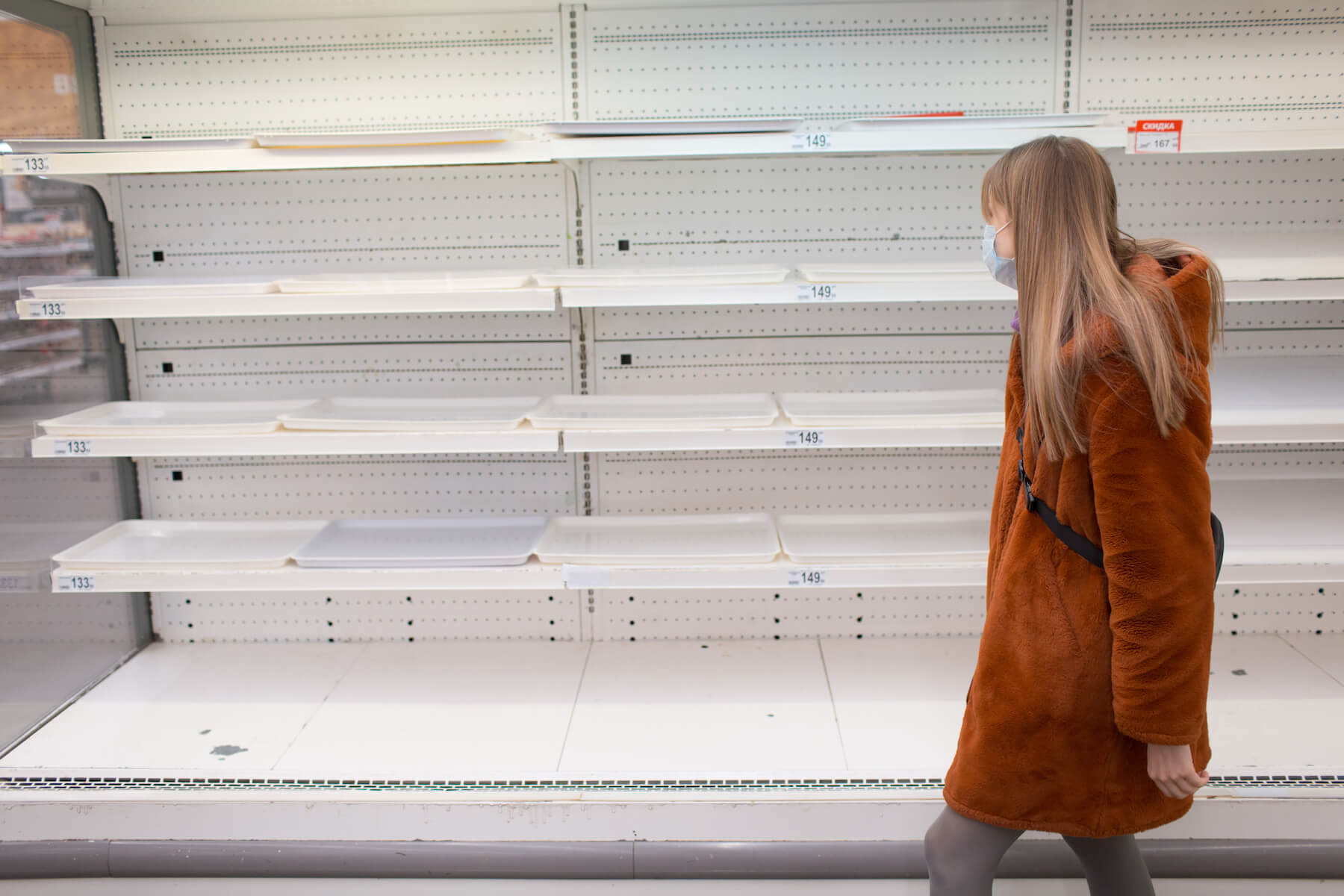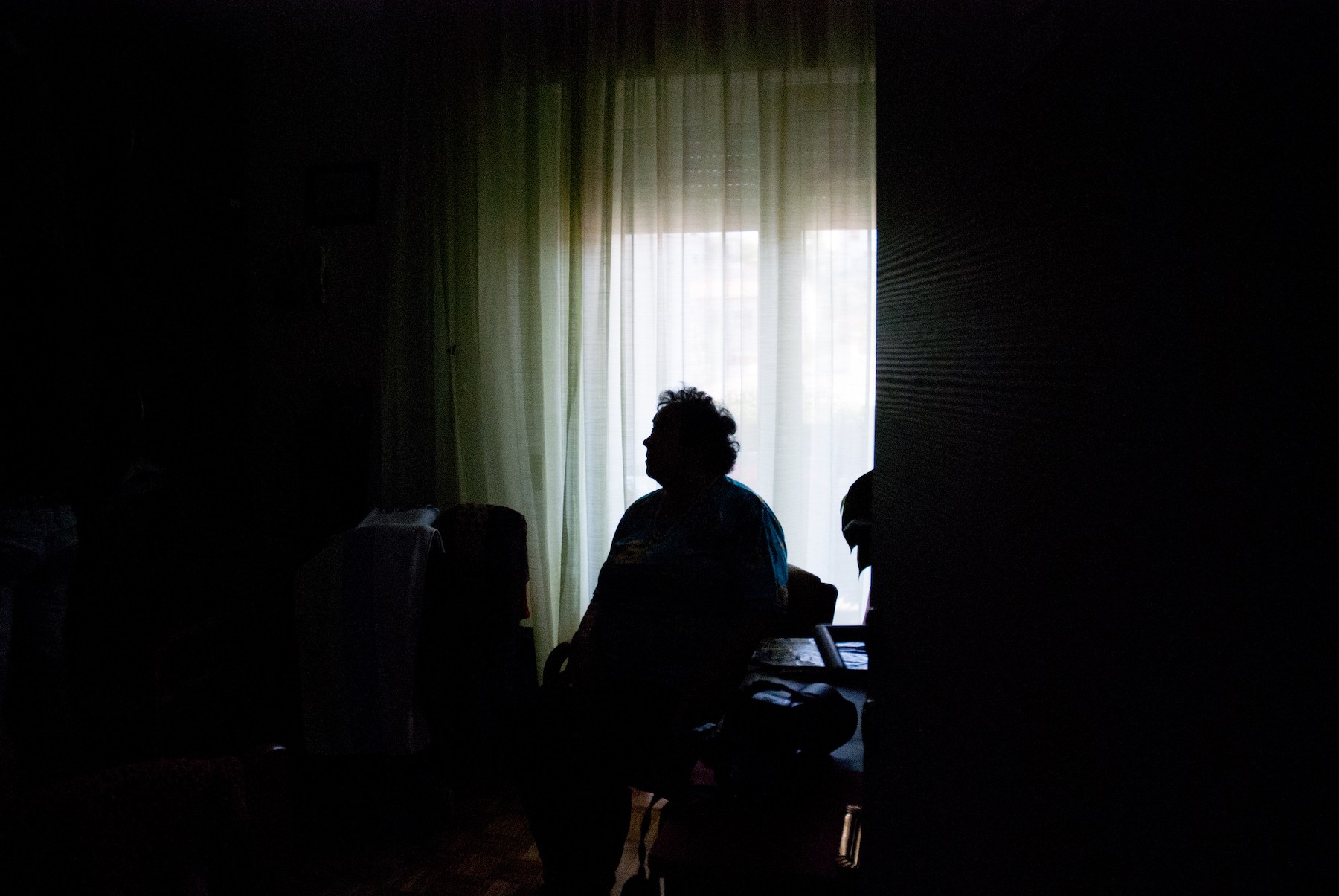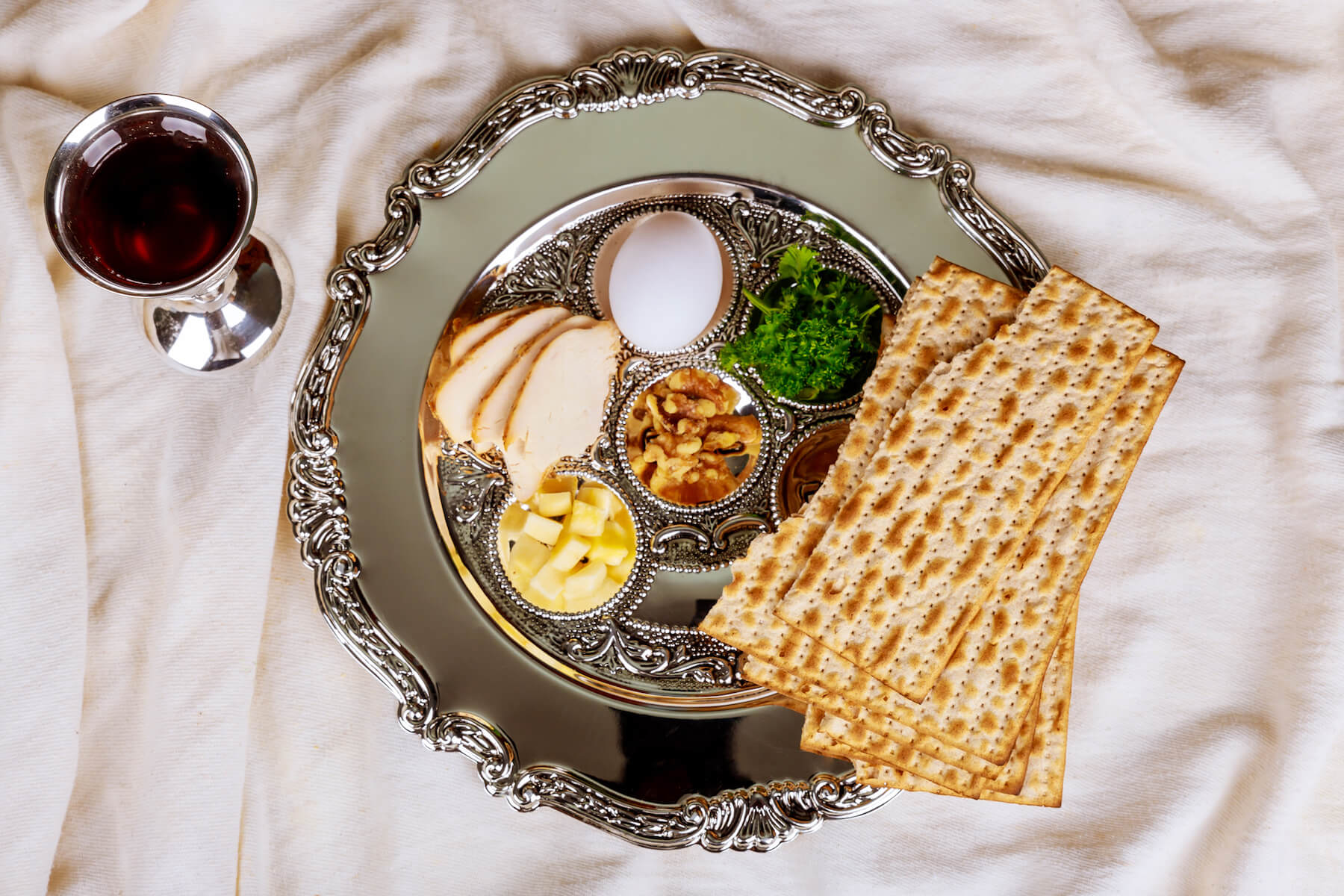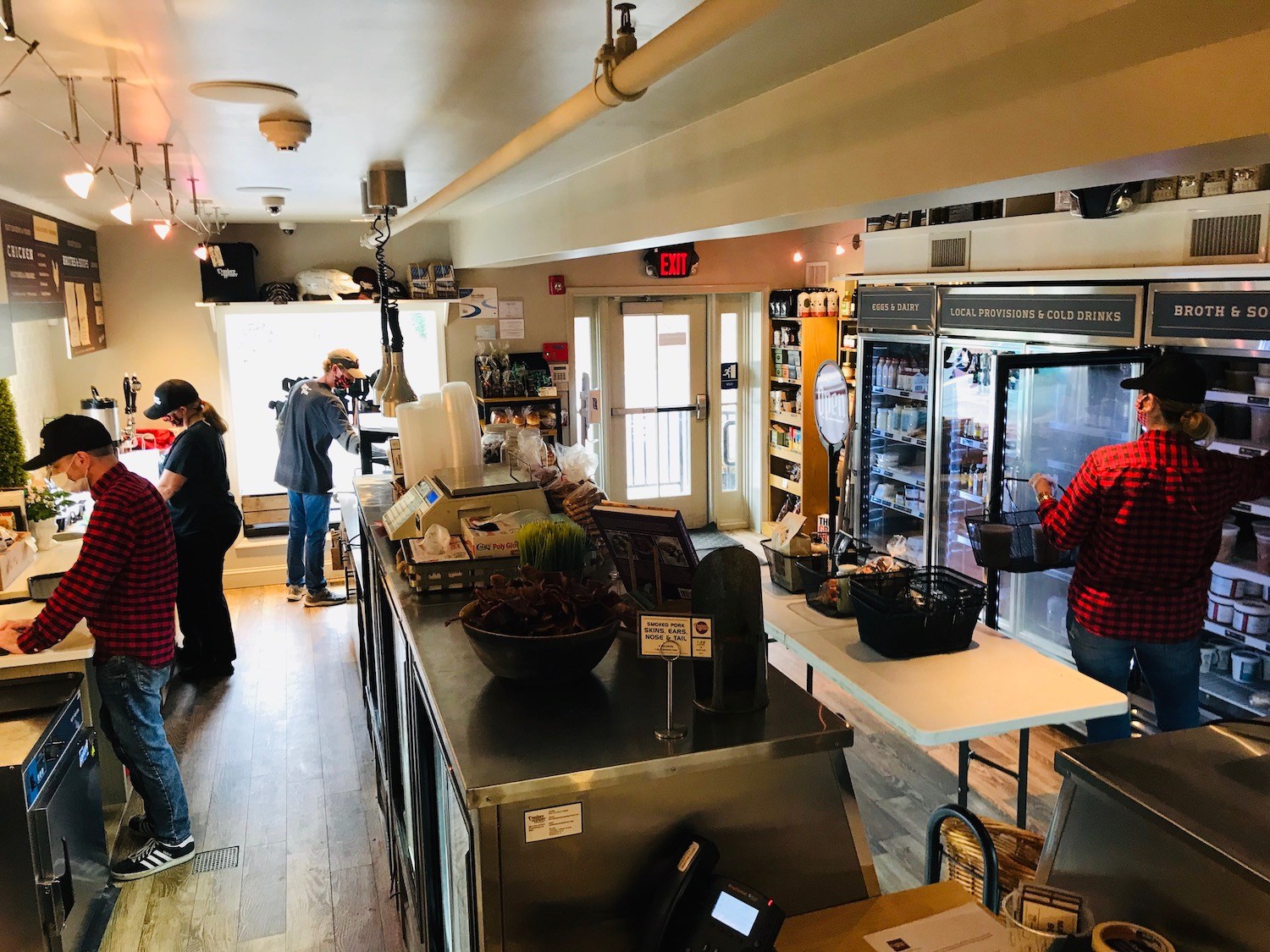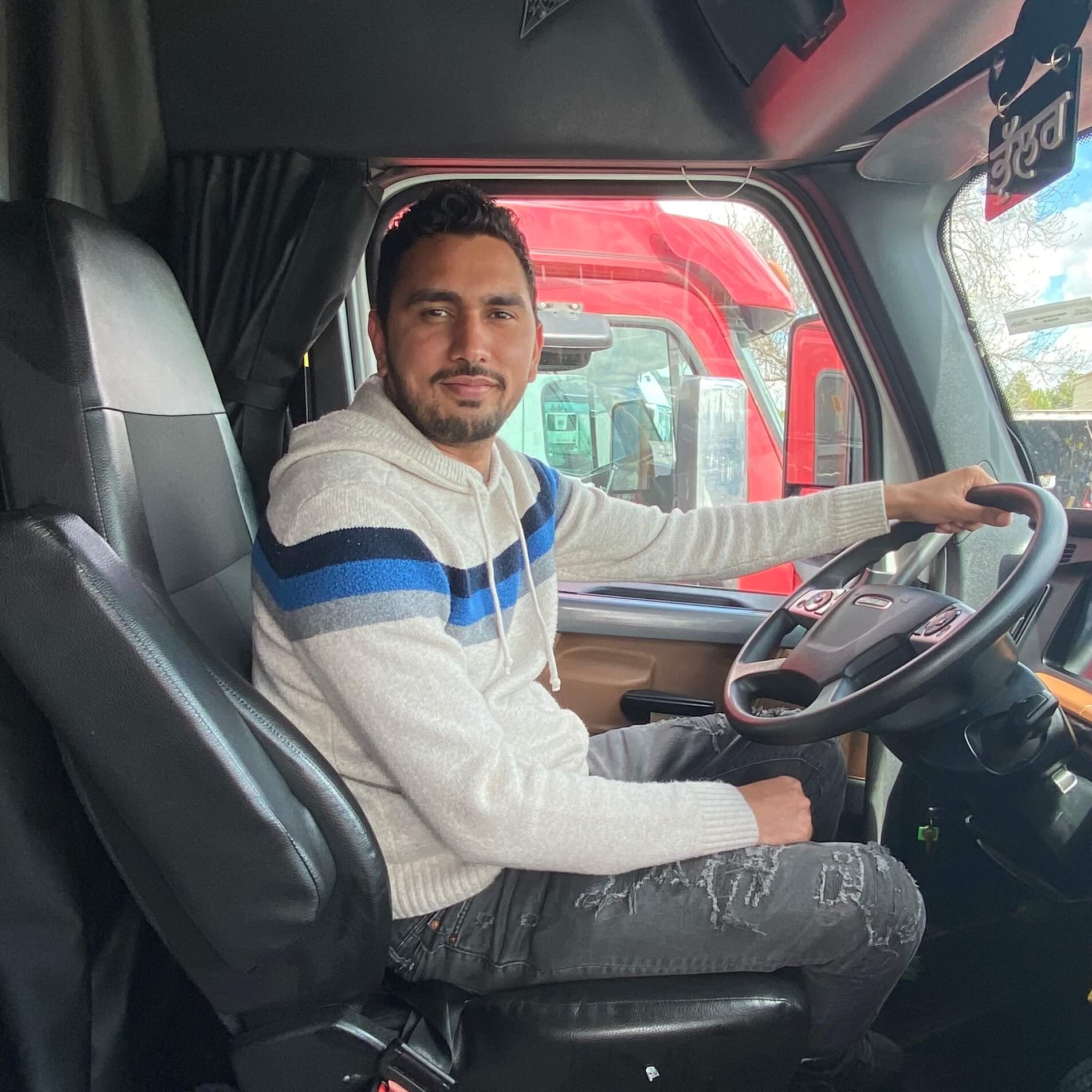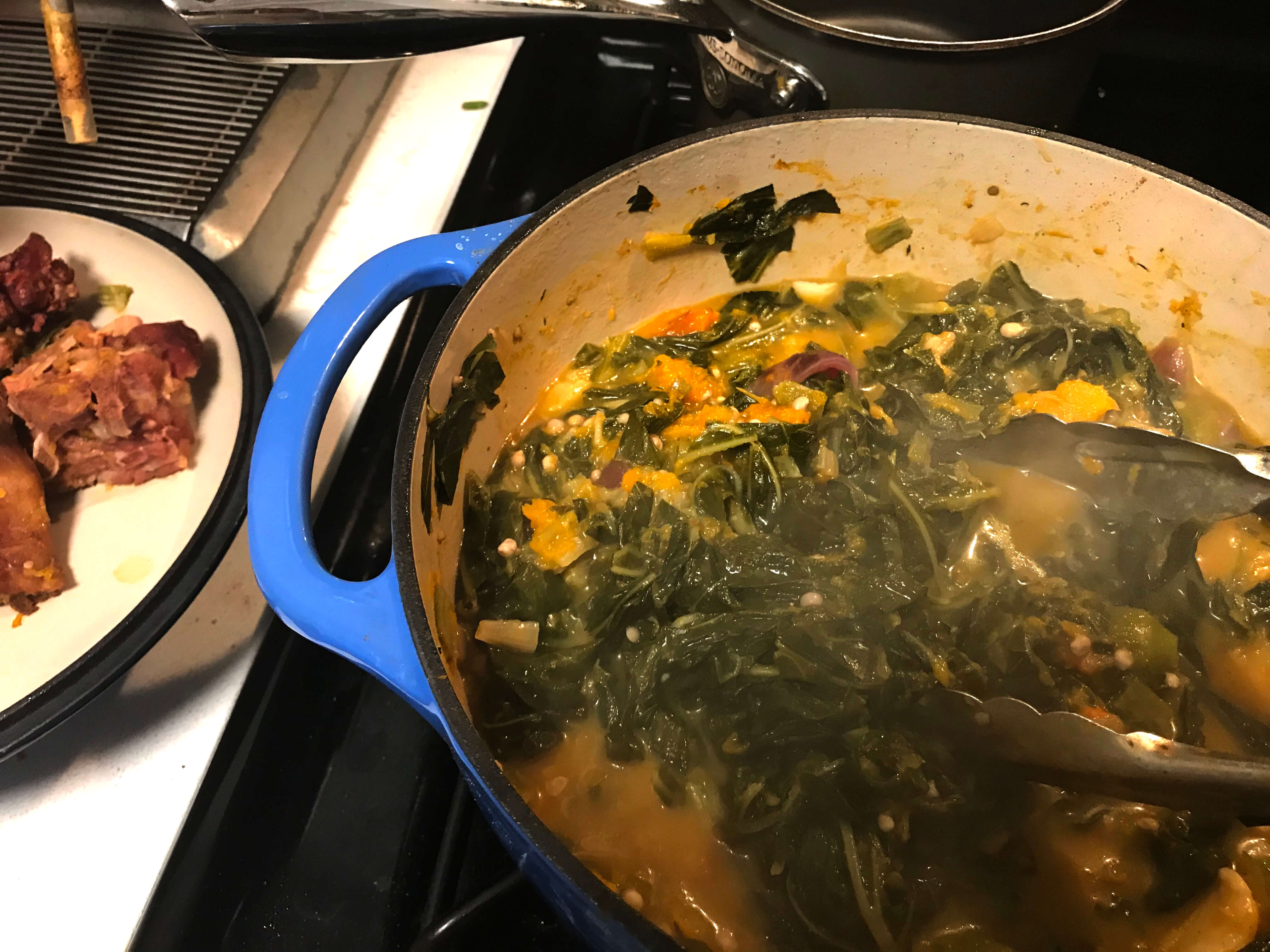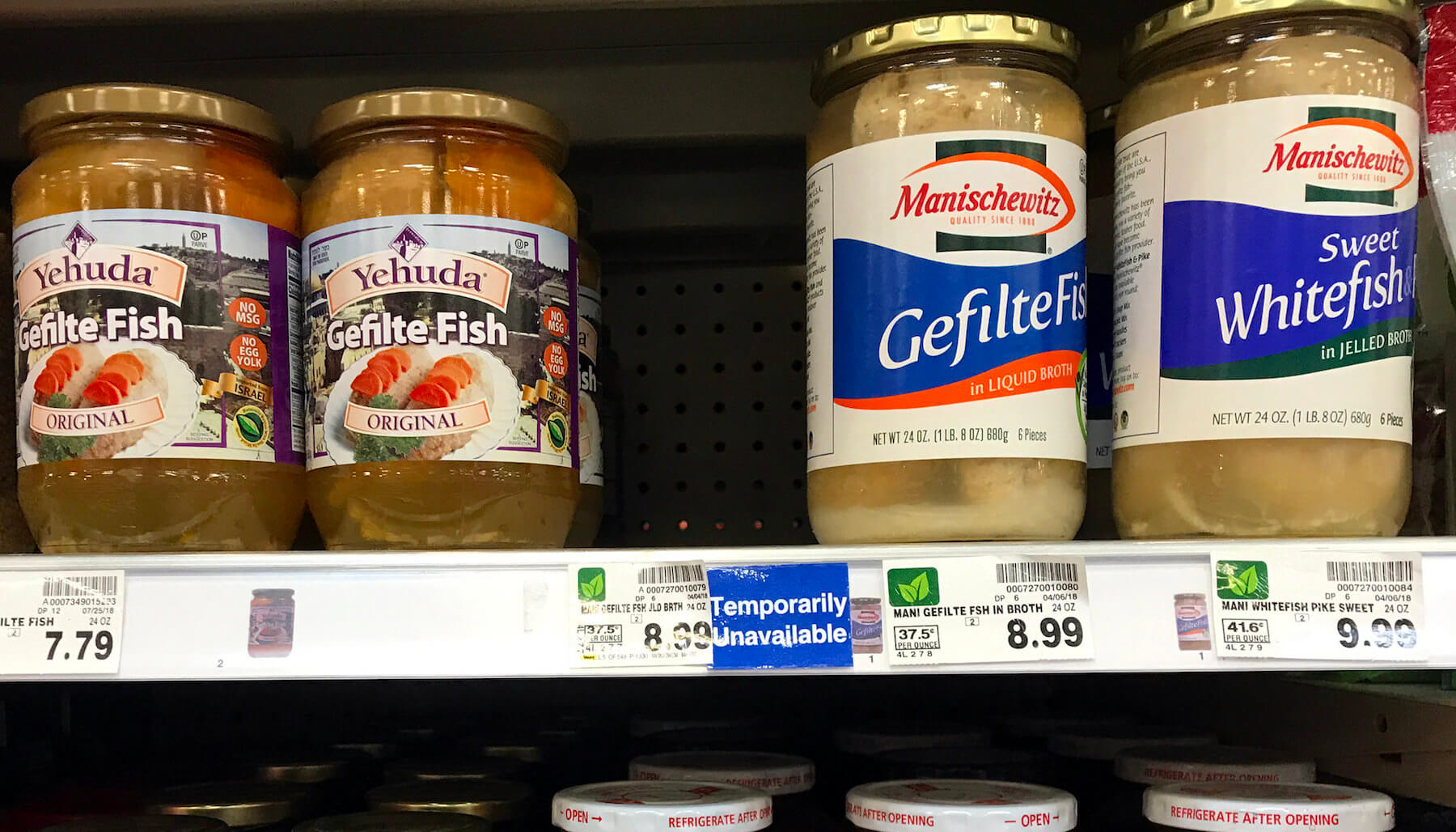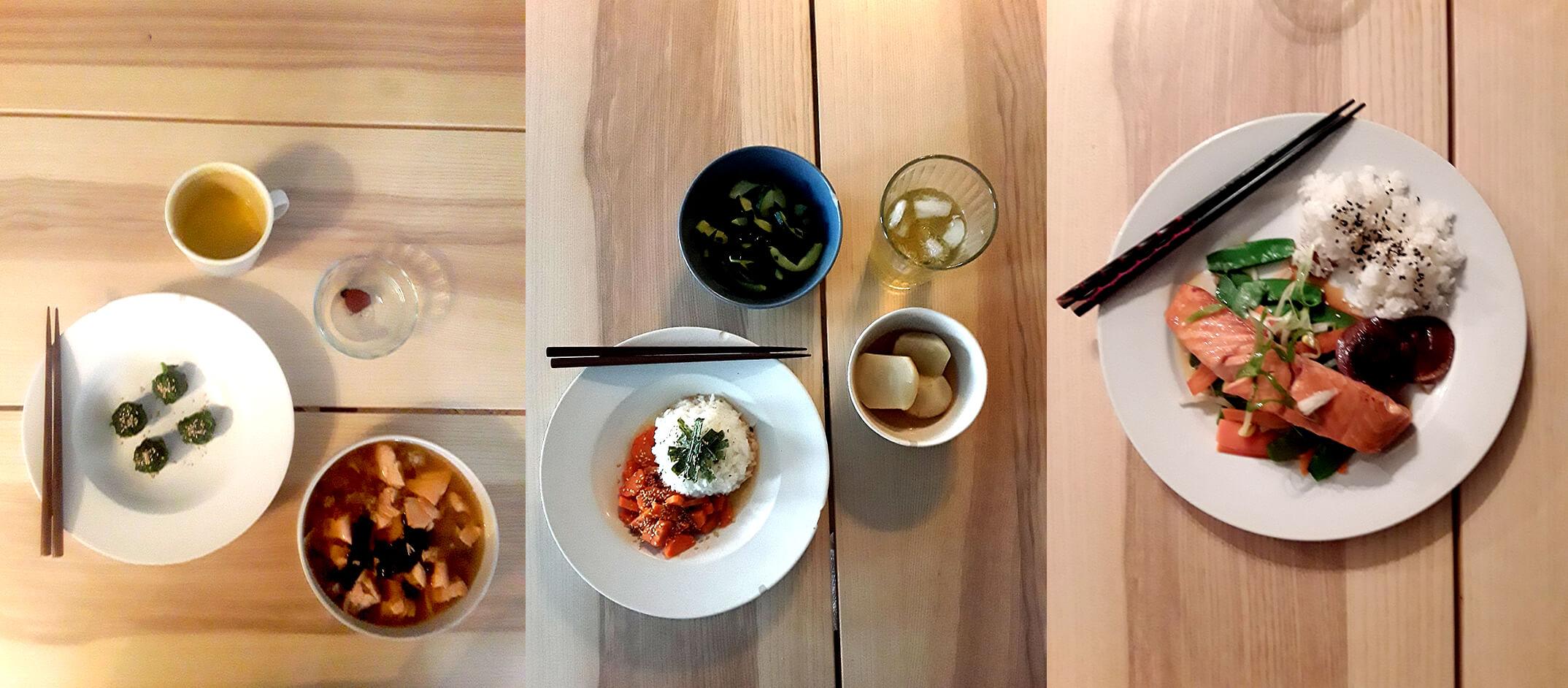
Paolo Española
During Hurricane Sandy, I indulged in richer fare while awaiting the sense of normalcy that was sure to return. This disaster feels different.
Hurricane Sandy slammed into New York in 2012, trapping me and my roommate in our furniture-less East Village apartment for days. It hadn’t even been a week since we’d moved in and we took turns in the cold darkness using a single plastic fork to subsist on white bread and Oodkac, a long-lasting Somali beef jerky my roommate’s grandmother had fortunately packed for us.

Paolo Española
Paolo Española rations and plans his meals during isolation, methodically cutting tape to label quart containers filled with bean soup.
Our first white-collar paychecks came in a few days later and we immediately traded our subsistence fare for comfort food—oversized Chipotle bowls, Halal-cart platters consumed immediately for lack of a microwave and fridge, more Chinese takeout. We knew the power would return, after all, and along with it, our regular diets of healthy-ish homecooked meals and office lunches conducive to the lives of overworked accountants.
This crisis feels different. While we responded to Nature’s uncontrollable winds in 2012 by coming together physically, we are now forced to stay apart, sheltering against a virus whose spread we have the power to halt. Back then, I indulged in richer fare while awaiting the sense of normalcy that was sure to return. Eating was the gastronomic equivalent of a shrug. To hell with health and propriety when I’d be walking 30 blocks to the office just to charge the laptop that would be my only source of evening light!
Now it is not comfort I seek from my meals. It’s a sense of control.

Paolo Española
Española indulged in a martini; a long, unmeasured pour stirred in a Tupperware container.
I spent this week making focaccia for the first time despite an aversion to baking. I measured flour, yeast, salt, and water to the gram and temperature to the degree. I patiently waited for dough to rise under cling film I triple checked for a tight fit. And when the loaf finally came out of the cast iron pan, I carefully portioned it into Ziploc bags before pairing a slice with my pantry’s periphery: the single tomato I had no other use for, old parmesan, even older garlic. Pan con Tomate sin confort.
I’ve rationed and planned my food as carefully as some have meted out their toilet paper: defrosting Puerto Rican pasteles made last Christmas, weighing out 30 grams of oatmeal daily, methodically cutting tape to label quart containers filled with bean soup. It’s amazing how many dishes one can make out of a single pot of white rice. I’ve found controllable certainty in ounces and cups while this unseen pathogen has robbed me of the security of my retirement fund, the career in hospitality I was hoping to start, the trips abroad I was looking forward to. Sandy’s waters have long since receded and I knew even then that they would. I’m not as confident this time around, and measuring the days’ minutiae gives me the sanity wanton indulgence cannot.
Right before I sat to taste the day’s rations just now, I had a sudden, uncontrollable urge to indulge in a martini; a long, unmeasured pour stirred in a Tupperware container.
I suppose we never had control to begin with.
